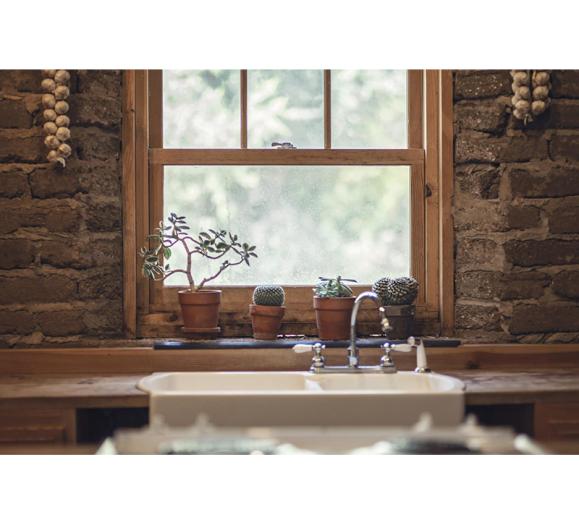Spring is in full bloom, as is peak home-buying season. For the Millennial generation — defined as those born between 1981 and 1996 — the dark cloud of The Great Recession that hung over their heads appears to have lifted. As the largest home-buying generation since Baby Boomers, they are growing up, moving out and driving the market, eager to design their “adulting abode.” For the home furnishings industry, this means business.
Enter the Millennial Man. This demographic has both means and motivation. With young men often waiting until their early 30s to get married, choosing homeownership before husbandry translates to a new breed of buyer. They’re working hard, playing hard and investing in what’s next. What do they want? A place that infuses their own style of furnishings, lighting and decor with their basic needs: a feminine touch, technology, comfort and security.
The topic was part of a roundtable discussion at High Point Market in April. The panel included Jaye Anna Mize, Vice President of Home at Fashion Snoops, a global trend forecasting agency. According to Mize, these up-and-comers deserve attention.
What’s Important to Millennial Men?
With employment high in technology and start-ups, salaries are rising. The more disposable income millennial men have, the more they’re interested in choosing tiles, fixtures, cabinets and having a lot more of an opinion. They do just as much research as women. They shop, mainly online, compare for value, and are more engaged than ever — if only in the selection process.
Trendwatchers urge designers to see this consumer group in a fresh, perhaps surprising, light. Noteworthy is interest in a high-end look, a desire for more feminine touches, and softer items in the bedroom, bath and kitchen. Mize sees change coming. “In the past, designers tended to place men in the grey, blue, greens or white category, but we now find the men are actually quite well-versed in choosing more prints, choosing more textured fabrication and the like.” Mize added, “Everyone assumes they want this overly industrial look, which is not necessarily true. What they are looking for genuinely is just comfort as a whole.”
Simultaneously, interest is growing for technology-infused pieces. In an attempt to make the home more convenient, there is more integration of speakers and features that are hidden. This demographic wants all the hi-tech gadgets without actually having to look at them, notes Mize. For interior designers, smart use of cabinetry, storage, lighting and decor can achieve functionality and style. Addressing their hyper-focus on security is a must.
Strategy + Socializing = Success
Opportunity is knocking for those who can mingle with these millennial men on their terms, and on their turf. For boutique owners and store retailers, some marketing musts from Mize:
1. If you own a brick-and-mortar space, make certain there is a male-centered area. This will help them feel comfortable, but not overwhelmed.
2. Create a strong online retail presence, with easy search functions.
3) Curate digital content in a more male-driven way: How? Speaking their language, offering images and phrasing they relate to, playing on their field, so to speak. Each purposeful step helps the interior decor team or showroom owner connect to this ready-to-design demographic.
"Www.mrporter.com does a great job of this, focusing on the male perspective or a male-driven client, but in a fashionable way," says Mize. "I think having a more gender-neutral approach to curated digital content is best — giving the consumer options to making it masculine or feminine on their whim."
4) Plan collaborative events with other businesses. A boutique connecting with a barber shop. A furnishing retailer with a restaurant. These “sip and see” opportunities that mix decor with fashion in a social setting are gaining marketing momentum for young consumers. As Mize sees it, “They want the full lifestyle, everything that exemplifies who they are, so finding one place that does it all is super crucial to them.”







